"17 Preparatory Drawings Auguste Lepère For The Procession Fête Dieu Nantes 1901"
Very interesting discovery that the update of this set of 17 preparatory drawings for the superb print entitled "the procession of the fête-dieu a Nantes in 1901" and shows the enormous preparation in order to execute the most perfect print not surprising that Louis Auguste Lepère * is considered one of the best French engraver, illustrator and painter.this set of sketches bears the stamp A.Lepère and was probably bought during the sale of the latter's workshop.
the last sketch is very interesting because it varies with the final proof but already shows a superb achievement which will be kept in the largest museums in the world like the Victoria and Albert museum and in many publications such as:
Jacquelynn Baas, Auguste Lepère and the Artistic Revival of the Woodcut in France (Ann Arbor, Mich .: University of Michigan, University Microfilms International, 1982).
A. Lotz-Brissonneau, G. M.Texier-Bernier, and J. Lethève, Catalog Raissonné of the Engraved Work of August Lepère (1849–1918) (Paris: Editions Antoine Laurentin, 2002).
this set consists of 17 pieces including 8 thick cardboards and 8 drawings on paper and the last one is a grease pencil and gouache on paper pasted on cardboard.
the boxes measure: 33 cm x 50 cm.
* Louis Auguste Lepère, born in Paris on November 30, 1849, and died in Domme (Dordogne) on November 20, 1918, is a French engraver, illustrator and painter.
He is considered to be one of the greatest French engravers.
Son of the sculptor François Lepère, pupil of François Rude, the young Auguste Lepère entered in 1862 as an apprentice in the workshop of the engraver Joseph Smeeton, where he worked until 1867, engraver at the Picturesque store and associate of Joachim-Jean Cosson.
At the same time, he took drawing lessons under the direction of Lecoq de Boisbaudran at the Petit École in Paris.
It was at this time that he met the engravers Henri Paillard and Eugène Dété, with whom he remained in contact throughout his life.
He took part in the War of 1870 by enlisting in the 12th Battalion of the Mobile Guard of the Seine, then transferred to the 4th Battalion of Fort d'Issy. In 1872, he created a workshop on rue des Abbesses in Paris with Henri Paillard.
He works for Le Monde Illustrée, L'Illustration, LaRevue Illustrée, LeMagasin Picturesque.
He engraves after Daniel Vierge and Edmond Morin. The "tinted engraving" (which favors the rendering of halftones) then in vogue reached its extreme stage, giving works which, in the excess of the virtuosity of its practitioners, sink into a uniform grayness.
Lepère follows the hostility displayed by Félix Bracquemond towards this process, and turns to the primitives, the engravers of the Romantic era, and even the Japanese, in a return to more simplicity.
In a field long devoted to the interpretation and even reproduction of illustrators or painters, and, increasingly, photography, Lepère returned to the original print.
Between 1876 and 1878, he devoted himself to the decoration of earthenware with François Laurin at the earthenware factory of Bourg-la-Reine and became a member of the Union Syndicale de Peintres et de Sculpteurs.
It was in September 1877 that he married. From this union will be born three children.
From 1882, he went regularly to Jouy-le-Moutier to paint on the motif. In 1888, he created with Félix Bracquemond, Daniel Vierge, Tony Beltrand, the review L'Estampe originale which appeared until 1895 and promoted the Art Nouveau aesthetic, then he shared the artistic direction of the review L'Image, with Léon Ruff and its founder Tony Beltrand, ephemeral published by the Corporation des Graveurs sur Bois to give pride of place to woodcutting battered by new techniques.
He began to engrave on wood, but also to etch and alithography.
In this period when Japaneseism had a great influence on the decorative arts, Henri Rivière produced from this date, from 1888 to 1902, The Thirty-six views of the Eiffel Tower. In 1891, Valloton also renewed the woodcut with Gauguin or Émile Bernard and Toulouse-Lautr in turn revolutionized the art of the poster, by drawing the same year for the famous cabaretouvert in 1889, entitled Moulin-Rouge - La Goulue, which will follow the one produced in 1894. by Alfons Mucha for Sarah Bernhardt as Gismonda.
Other publications and journals devoted to the promotion of the graphic arts will follow L'Estampe originale, such as L'État, Journal-album d'arten 1894, Les Maîtres de l'Affiche in 1895, L'Image in 1896 or L'Estampe moderne and L'Estampe and the Poster in 1897, in a period considered to be the golden age of "posterism".
He was a member of the delegation of the National Society of Fine Arts from 1901 to 1905.
Auguste Lepère is also a painter: oil paintings, watercolors, pastels. He painted in Paris, where he lived.


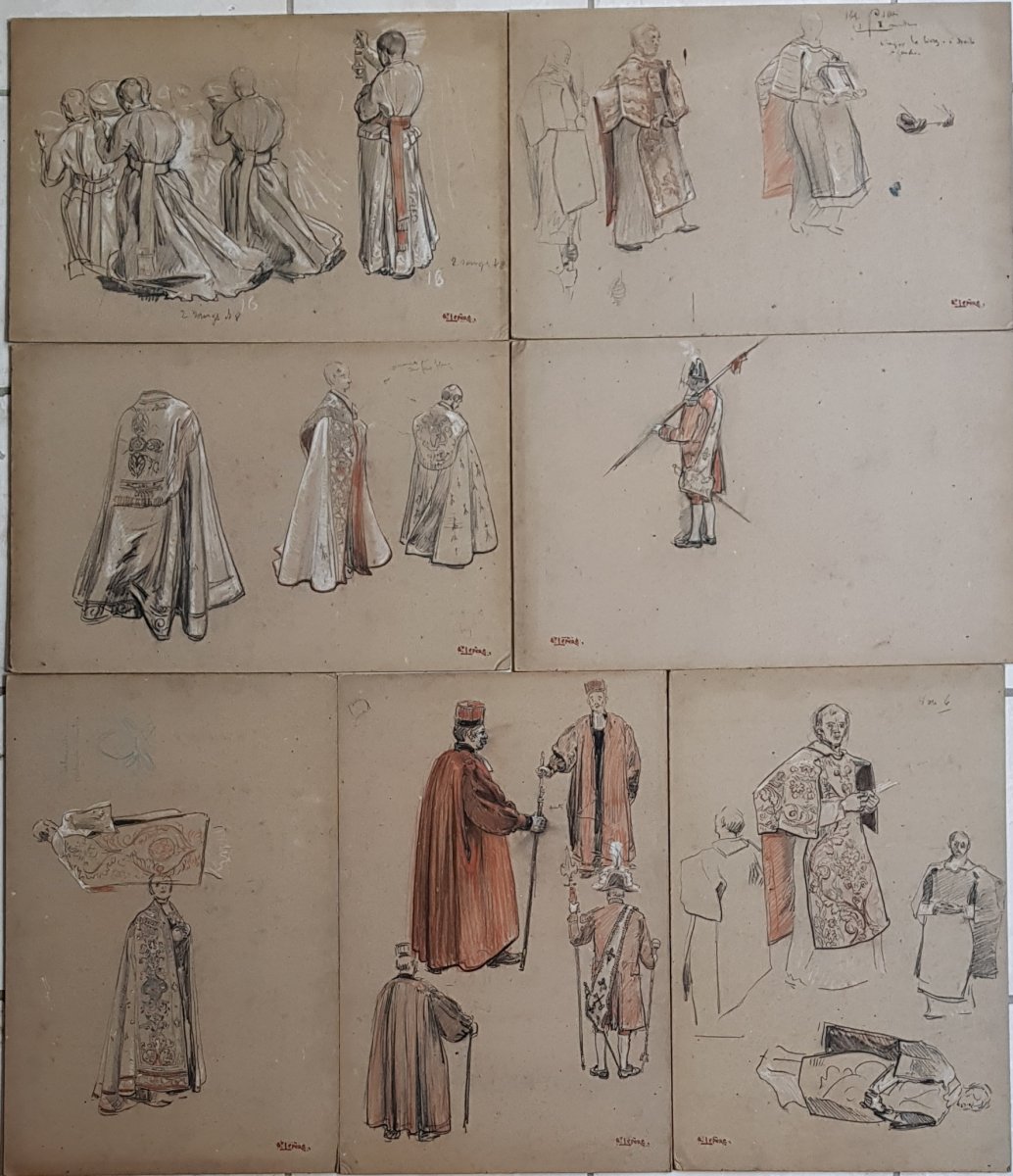
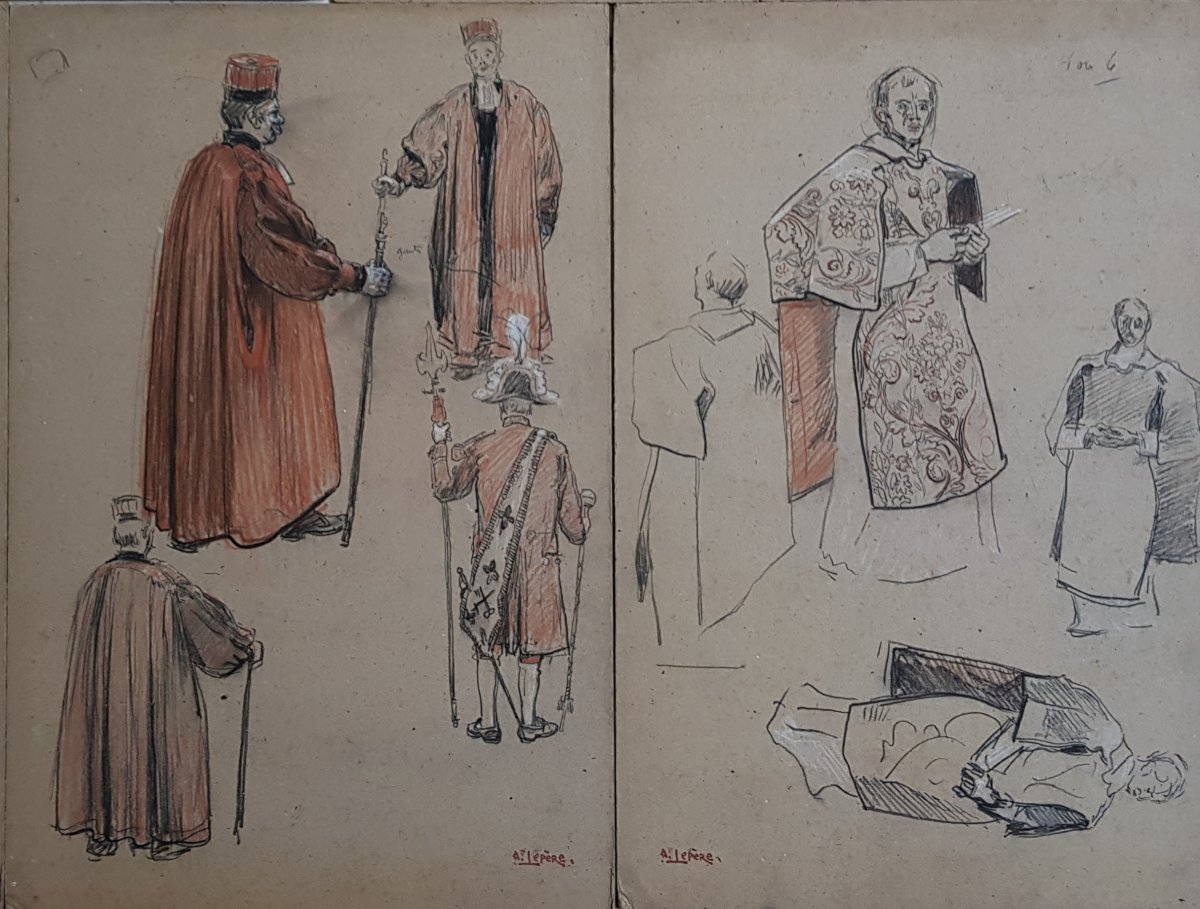
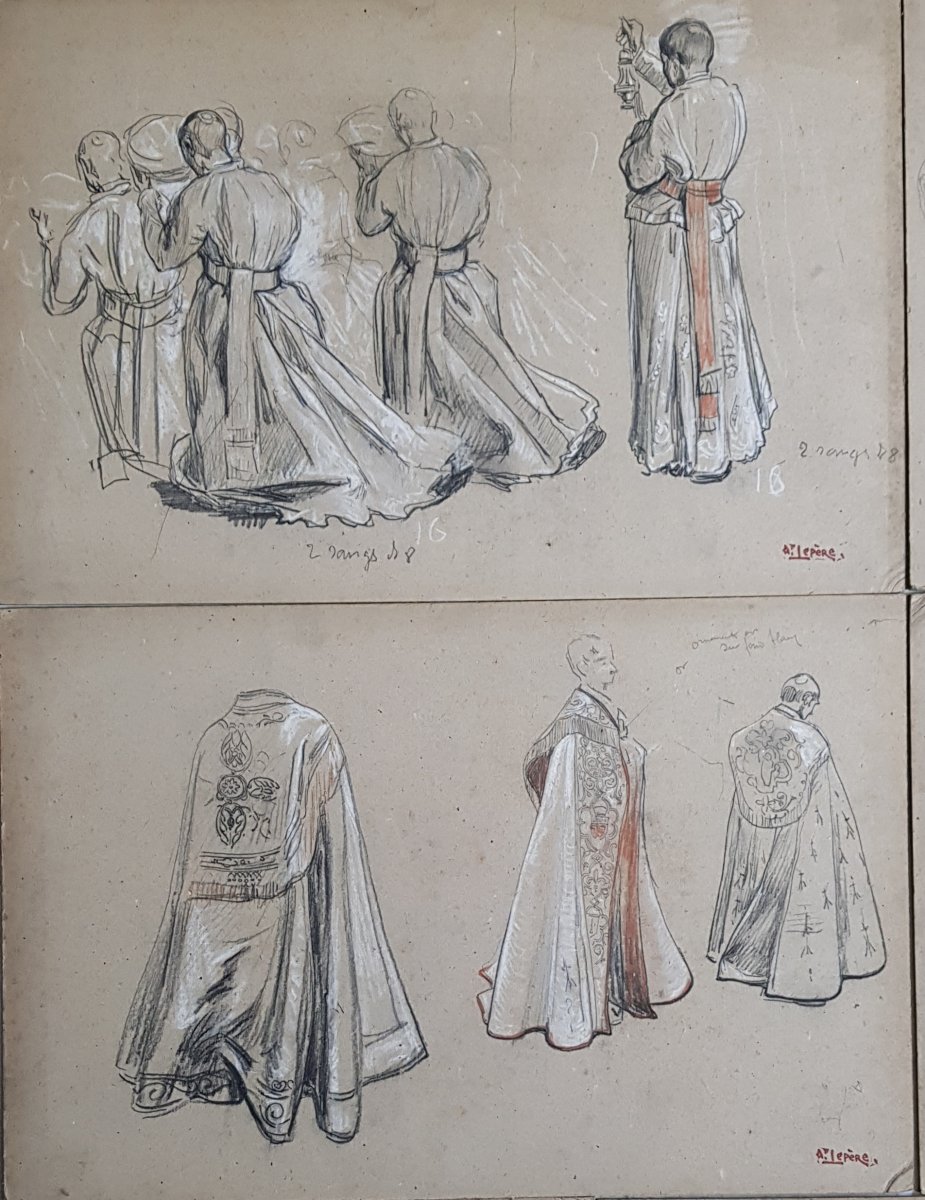
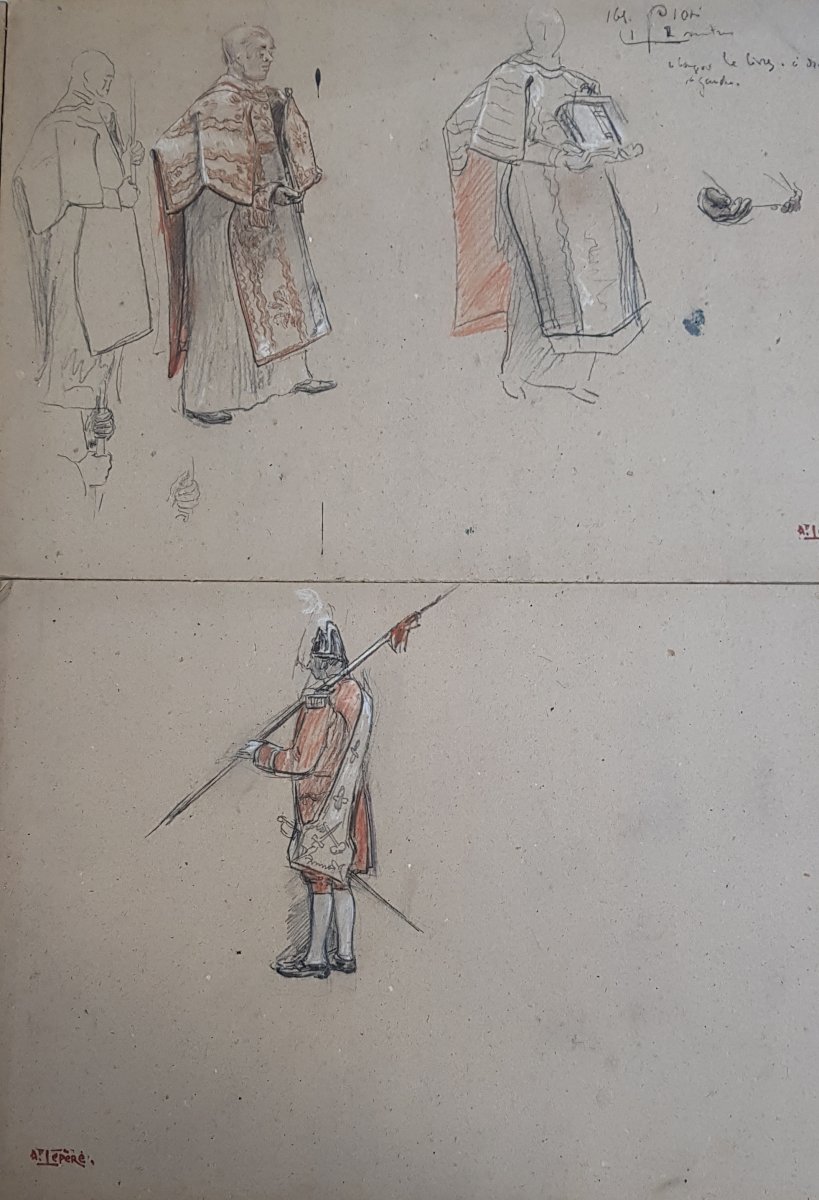
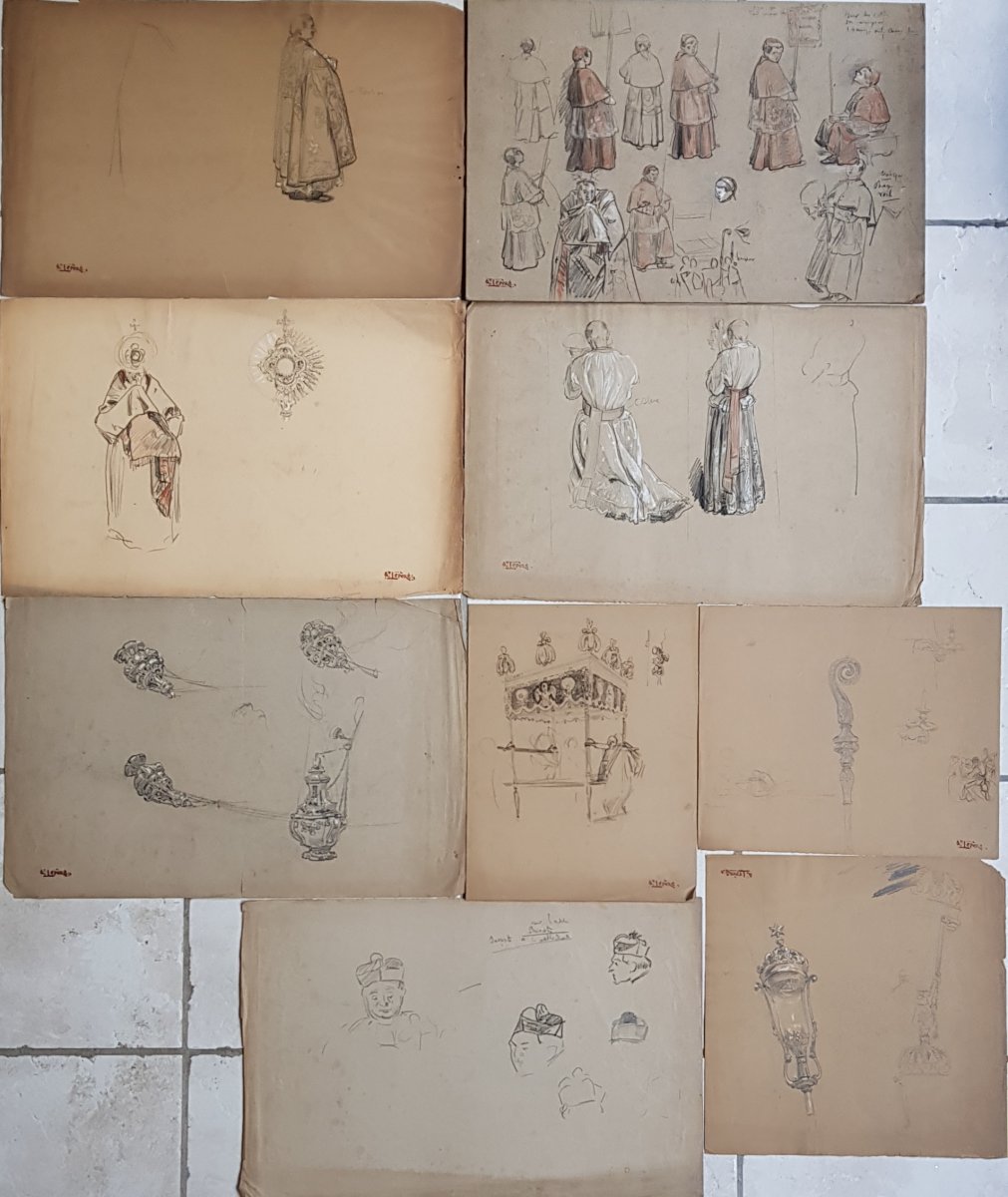
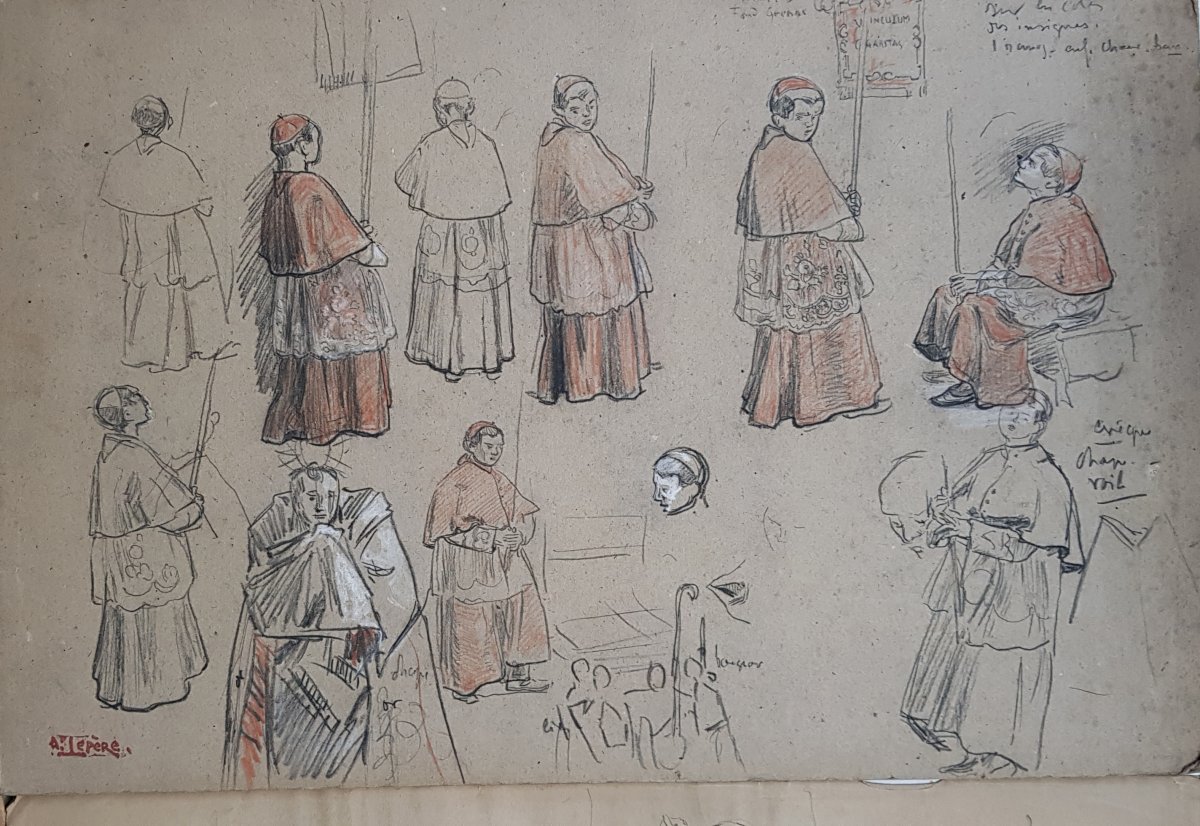
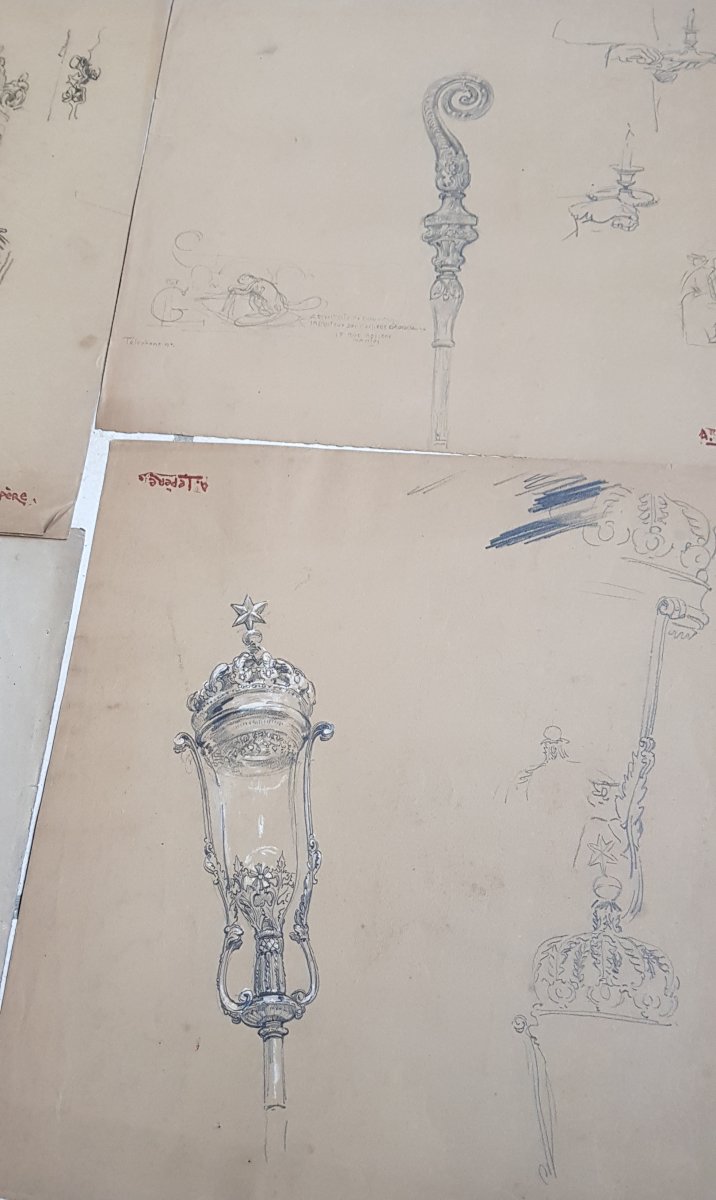
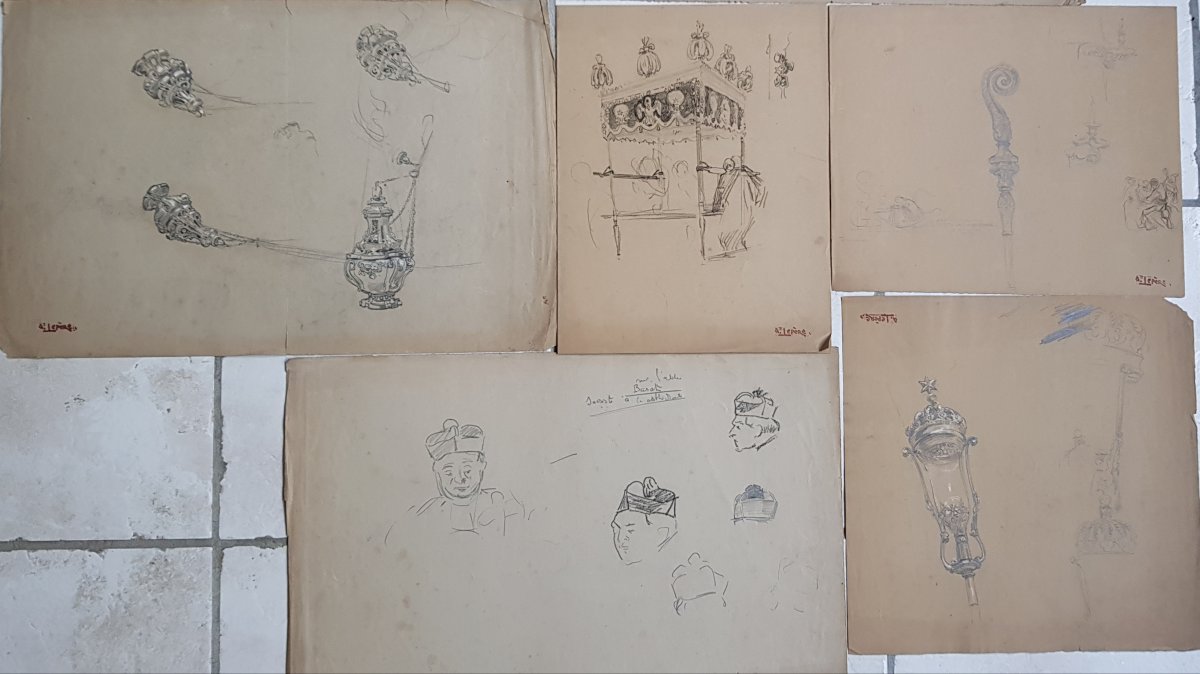

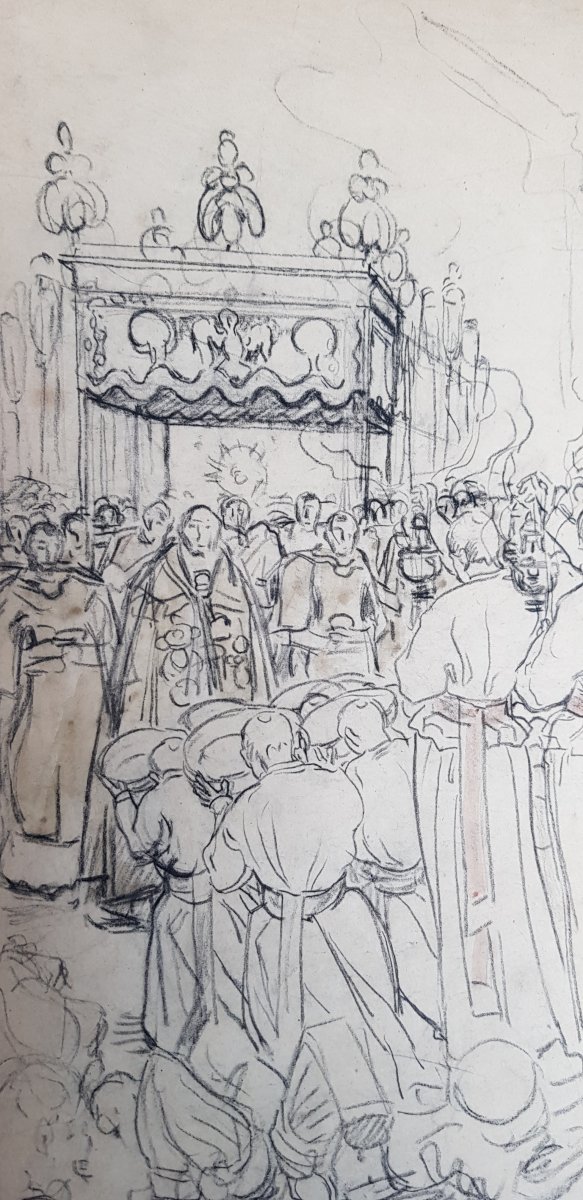

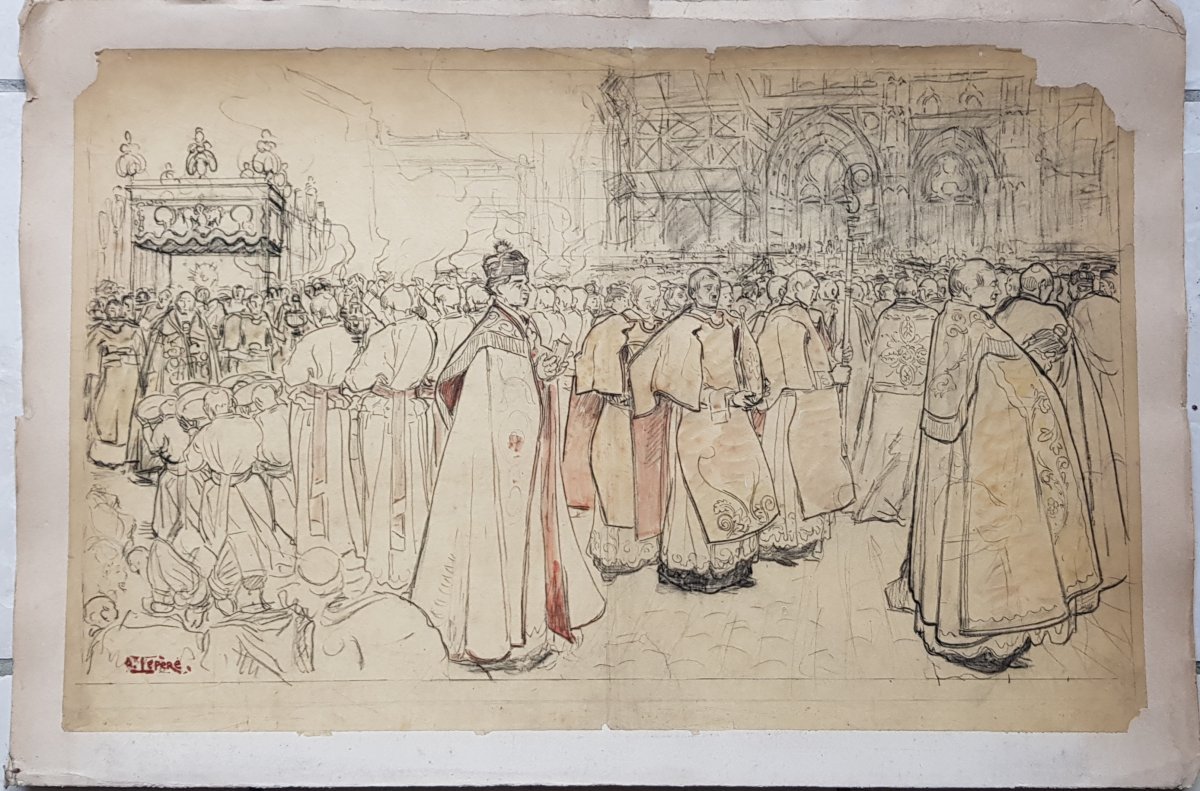










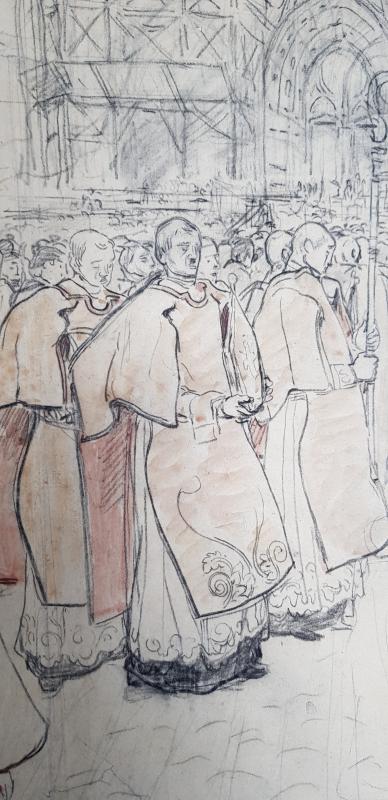


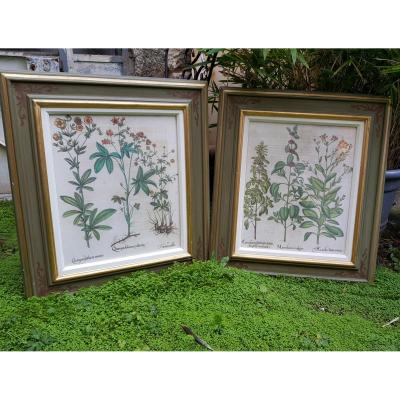

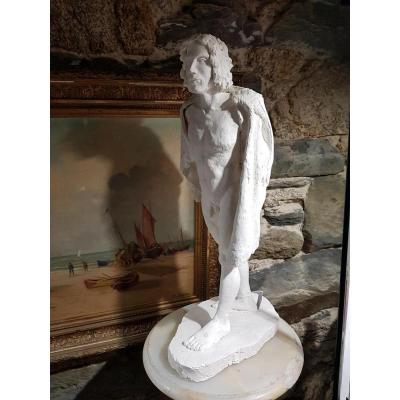
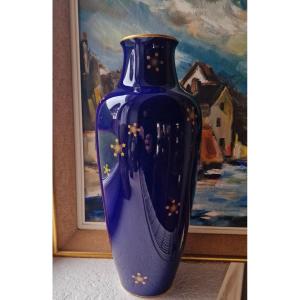
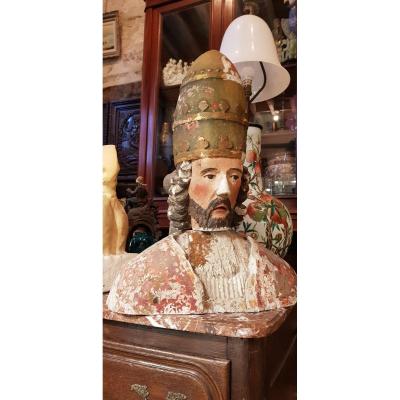

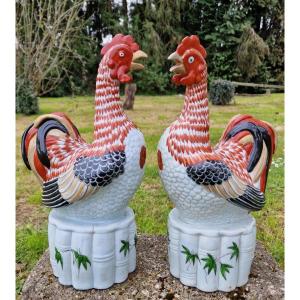
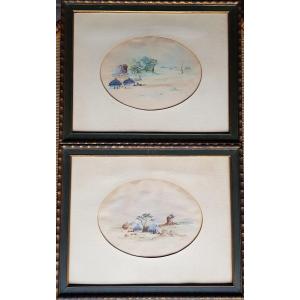
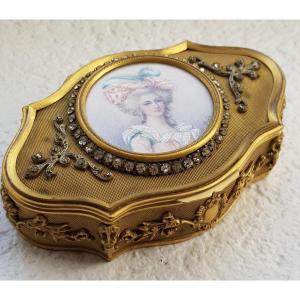
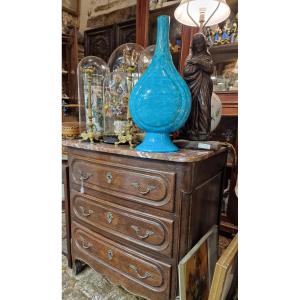


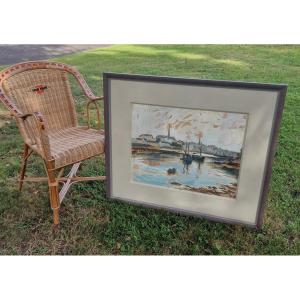
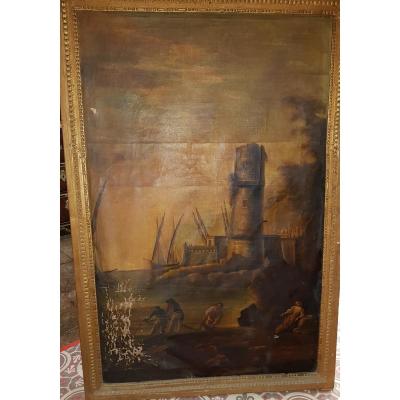
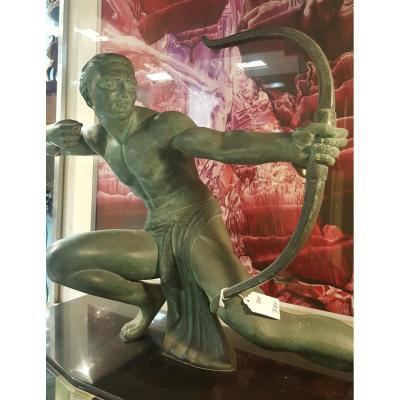
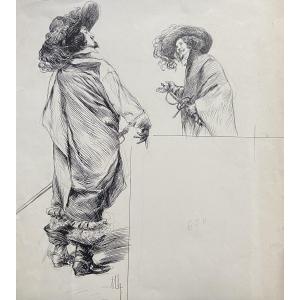
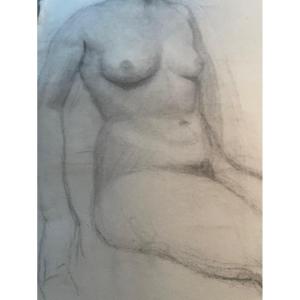
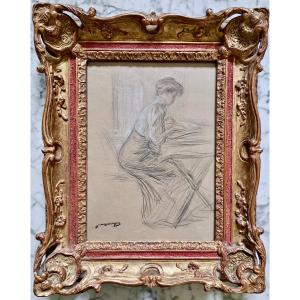






 Le Magazine
Le Magazine Rivista Artiquariato
Rivista Artiquariato TRÉSORS magazine
TRÉSORS magazine